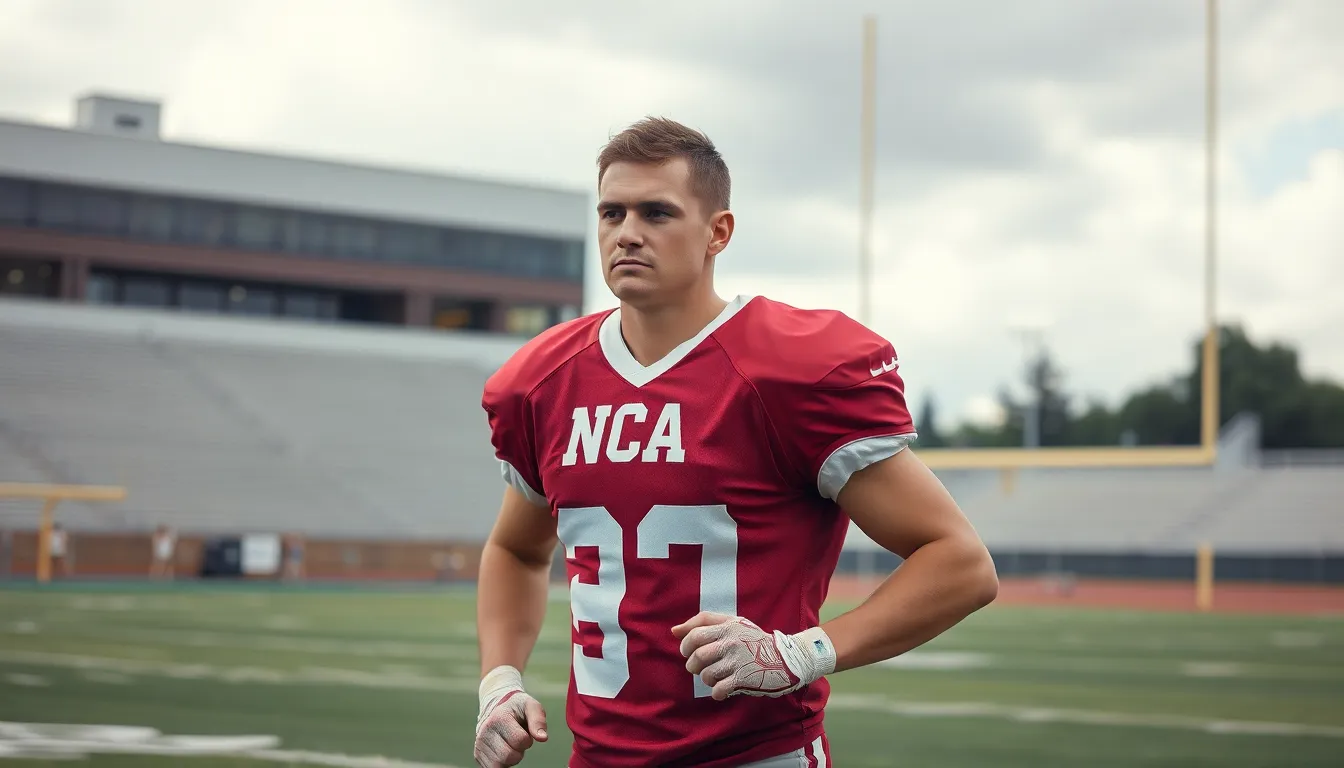Redshirting in NCAA 25 is like hitting the pause button on your college sports career, and it can be a game-changer. Imagine getting an extra year to sharpen your skills, bulk up in the gym, and binge-watch your favorite shows without the pressure of competition. It’s the perfect strategy for athletes who want to maximize their potential without losing a year of eligibility.
Table of Contents
ToggleUnderstanding Redshirting
Redshirting in NCAA sports serves as a valuable strategy for athletes aiming to enhance their skills while managing their eligibility. This approach allows athletes to step back from competition for a year, fostering growth and development.
Definition of Redshirting
Redshirting describes the practice of delaying an athlete’s participation in official competitions for one academic year. This approach allows athletes to use that extra time to adapt to college life, optimize training, and refine skills. NCAA rules permit athletes to compete for four seasons over five years. By redshirting, they retain an additional year of eligibility, offering them greater flexibility in their athletic careers.
Benefits of Redshirting
Redshirting provides multiple advantages for athletes in NCAA sports. Development of skills occurs due to focused training during the redshirt year. It reduces pressure, allowing athletes to acclimate to their new environment while improving both physically and mentally. Additional benefits include gaining depth in their understanding of the sport and enhancing teamwork abilities. Many athletes experience improved performance in subsequent seasons, as they enter competition more prepared and confident.
NCAA 25 Rules and Regulations

Redshirting in NCAA 25 involves specific rules and regulations that athletes must adhere to. Understanding these guidelines ensures a smooth transition into their athletic careers.
Eligibility Requirements
Athletes must register at an NCAA institution to qualify for redshirting. Enrollment in a full-time academic program is essential, along with maintaining satisfactory academic progress throughout their college career. A player can redshirt only if they participate in less than 30% of the team’s total games during their first season. Also, athletes must not compete in any postseason contests to retain their eligibility for redshirting. Each athlete must also remain aware of their sport’s specific regulations, as they may vary across different NCAA divisions.
Time Constraints
Timelines play a crucial role in the redshirting process. An athlete may redshirt only once during their college career, making this choice significant. The five-year eligibility window applies to all NCAA athletes, meaning starting the redshirt year counts against this period. Coaches typically inform athletes of redshirting decisions before the first contest of the season. Athletes must consider their academic and athletic schedules when deciding, as redshirting can affect future competition and training plans. Adhering to the timing rules ensures that athletes maximize their eligibility effectively.
Steps to Redshirt in NCAA 25
Redshirting involves strategic steps to ensure compliance with NCAA regulations. Proper communication and timely paperwork play crucial roles in the process.
Communicating with Coaches
Communicating effectively with coaches is key to the redshirting process. Athletes should discuss their intentions and goals openly, ensuring transparency in their decision-making. Scheduling a meeting early in the season allows for consideration of both academic and athletic factors. Coaches can provide valuable insights regarding performance expectations and potential benefits of redshirting. Engaging in constructive dialogue ensures alignment between the athlete’s aspirations and the team’s objectives.
Filing Necessary Paperwork
Filing the necessary paperwork is a critical step for redshirting. Athletes must complete forms to officially declare their redshirt status, which typically includes a notification to the NCAA. Understanding the specific documentation required can help streamline the process. Submitting paperwork on time prevents any eligibility issues later. Keeping copies of all submitted documents is essential for reference. Navigating the paperwork may feel daunting, but adherence to guidelines safeguards eligibility rights.
Strategies for Successful Redshirting
Redshirting requires careful planning and execution to achieve long-term success in NCAA sports. Utilizing effective strategies significantly enhances the redshirting experience for athletes.
Maintaining Academic Standards
Prioritizing academics proves essential for redshirt athletes. They must maintain satisfactory academic progress to remain eligible for competition. Engaging with academic advisors provides clarity on course selections and GPA requirements. Developing a structured study schedule fosters consistency and accountability. Regular check-ins with instructors assist in tracking academic performance. Staying organized with deadlines helps prevent last-minute pressures. Many colleges offer academic support resources, which athletes should actively utilize.
Training and Development
Focusing on training plays a crucial role when redshirting. Athletes must commit to a personalized training regimen that targets skill enhancement. Seeking guidance from coaches enables them to address weaknesses effectively. Participating in practice sessions fosters teamwork and strategic understanding. Setting specific fitness goals provides motivation and direction during the redshirt year. Utilizing strength and conditioning programs ensures physical development while minimizing injury risks. Engaging in additional drills or workshops expands skill sets and prepares athletes for future competition.
Redshirting offers a strategic advantage for NCAA athletes aiming to enhance their skills and extend their eligibility. By taking a year to focus on development without the pressures of competition, athletes can significantly improve their performance.
Effective communication with coaches and timely completion of paperwork are key to a successful redshirt experience. Staying on top of academic responsibilities and engaging in personalized training regimens further prepares athletes for future challenges.
Ultimately, redshirting can be a pivotal decision that shapes an athlete’s college career and beyond, providing the necessary foundation for long-term success in their sport.










